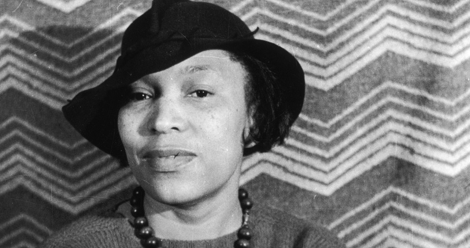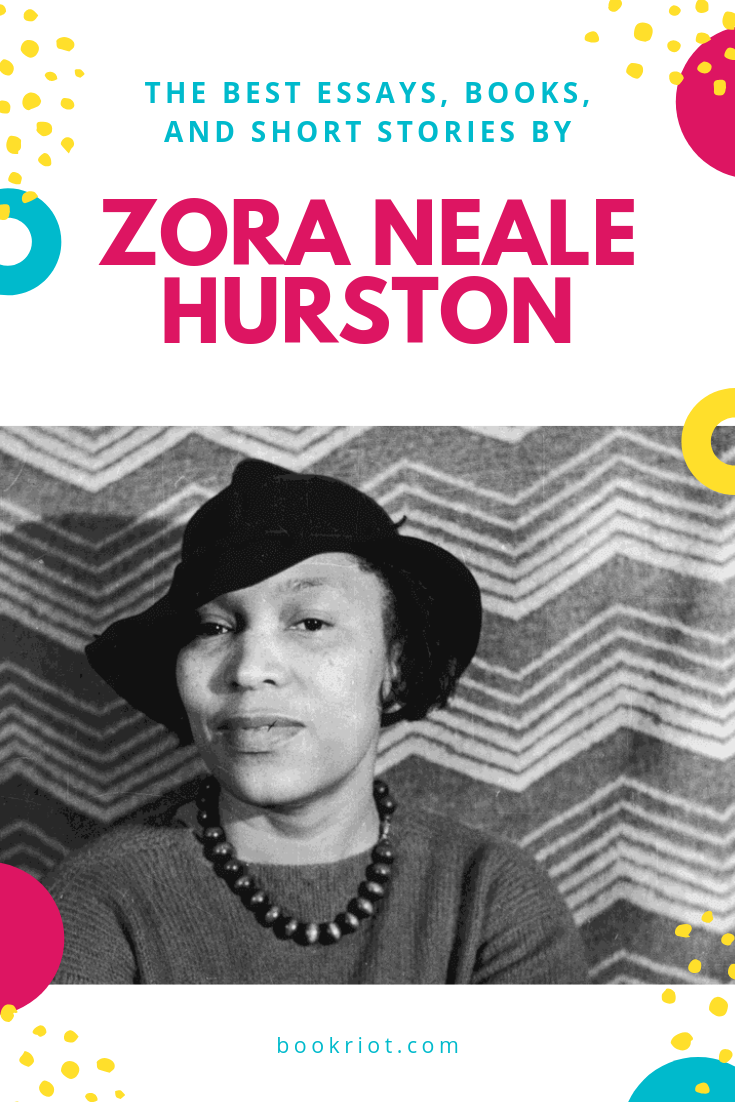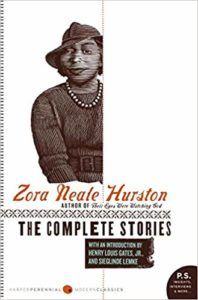
The Best of Zora Neale Hurston: Books, Essays, and Shorts Stories
I first read Their Eyes Were Watching God in a high school English course and I’ve got to be honest: I did not like it one bit. For sure, Zora Neale Hurston’s book was lyrical and stunning, but as a 17-year-old, I was deeply disturbed by the realities facing her most famous character, Janie Crawford. Did love and self-discovery really have to come at such a cruel price? My teenage self thought it all a little too much and sadly, reading Hurston’s work so early had the exact opposite effect than what I imagine my English teachers had in mind; I never wanted to read Zora Neale Hurston books again.
And yet, somehow, Hurston’s words kept coming back to me over the years, snatches of the book made real in my life. In fact, at some point, I had to admit that the vehemence of my dislike was probably tied to the vividness with which her characters and moments were rendered in the first place. So, a few years ago, I decided to give Zora a try once more. I went back to Their Eyes Were Watching God and then on to Every Tongue Got to Confess and found them not only to be gorgeously written, but deeply resonant, especially as a Black woman living in America.
Who Was Zora Neale Hurston?
Zora Neale Hurston was born in 1891 in Alabama and raised in Eatonville, Florida (the backdrop for so many of her stories and novels). She went on to became one of the foremost writers of the Harlem Renaissance. However, her work was not without controversy; many of her contemporaries hated the use of stylized Black vernacular in her stories and wanted her to cultivate a more elevated voice for her characters. Their arguments at the time spoke to racial uplift and assimilation.
Hurston was bold and defiant, championing instead the idea that Black culture, Black language, and Black joy were enough on their own and didn’t need to be brushed off and made clean to be beautiful. That defiance, that brilliant self-love, is evident in every one of her pieces.
Where To Start Reading Zora Neale Hurston
I recently stumbled upon The Complete Stories, a collection of Hurston’s short stories and essays, many of which were published in magazines and newspapers throughout her life.
For those of you who, like me, were a little scarred by your first encounter with Hurston, these short essays are a fantastic entry point and it’s evident from the very first story that you are reading the work of a master.
She manages in a few pages to create the same arc of joy, tragedy, triumph, and discovery that she elicits in her more well-known novels (some of which are also excerpted in this book). Here are my top picks for best Zora Neale Hurston short stories and essays.
“John Redding Goes to Sea“
The first story of this thoughtfully assembled collection is actually the first story Hurston every published (in 1926) and it shines with her signature mix of beauty and longing. John Redding is a man yearning to escape the simple town and simple life he has been given. His perpetual fight against the superstitions and misgivings of his small town and stifling mother lead him to deep sadness and tragedy. And yet the whole story is breathlessly beautiful, down to the very last moment.
“Mother Catherine“
In 2018, Hurston’s Barracoon: The Story of the Last “Black Cargo” was widely published for the first time since its completion in 1931. For many, this was the first introduction to her writing not just as a novelist, but as a dedicated and skilled anthropologist. “Mother Catherine” is a glimpse into Hurston as a researcher of Black culture and lived experience as she follows real-life religious guru Mother Catherine, a woman whose religious compound existed in the 9th ward of New Orleans in the late 1920s. On display are Hurston’s humility and careful rendering of even the strangest of practices. I left this short reading hungry to know more about Mother Catherine and Hurston’s encounters with her.
“The Gilded Six-Bits“
This story has been glowingly reviewed before, but it’s worth restating here that “The Gilded Six-Bits” shines brightly in a collection of gems. Something about the love story of Missie May and Joe Banks reminds me of Toni Morrison’s Sula, one of my favorite books. The reader is equally heartened by the couple’s passionate love, baffled by the act of betrayal, and cautiously hopeful about the future of not just their love, but other loves to follow. Again, in a few pages, Hurston gives you every range of emotion and does so in an achingly believable way.
“The Eatonville Anthology”
Tableaus and profiles of life in Eatonville, Florida, bring into focus Hurston’s love for and bemusement at the place, the people, and their quirks. It’s a very quick read that also gives you a little background on characters who march through the background and foreground of other stories in the collection.
“High John de Conquer”
Hurston spent a good portion of her life documenting the folklore of Black America and its mythological heroes, like the one that appears in this story. High John de Conquer is the living, breathing manifestation of both the hope and the untamed soul of enslaved Black people. He stalks the land, strengthening those in bondage with laughter and the revelation that they will ultimately triumph over their oppressors. He is the force lifting them up and seeding the ground for their ultimate freedom. Hurston writes “Night time was a joke, because daybreak was on the way,” and I can think of no better way to render the souls of Black folks in America, their intimate understanding that joy and sorrow are inextricably linked, and their creation of art and music that draws equally from the wells of both than that description and this story.
















